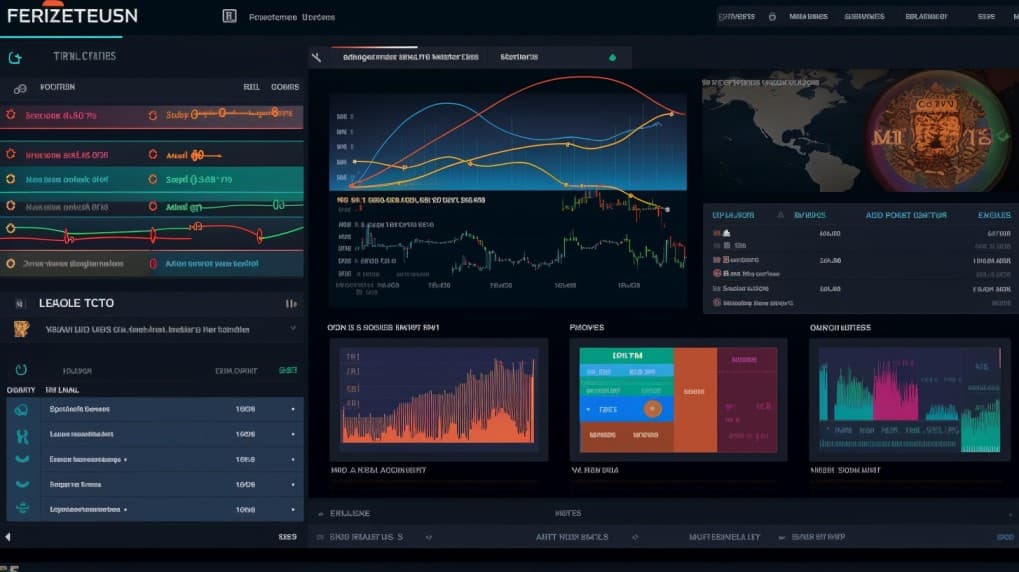
HEDJ VS DBEU: A Comprehensive Comparison of ETFs
Exchange-Traded Funds (ETFs) have transformed the landscape of modern investing, offering a diverse range of opportunities within different sectors and asset classes. In this article, we will conduct an in-depth comparison between two prominent ETFs: HEDJ (WisdomTree Europe Hedged Equity Fund) and DBEU (Xtrackers MSCI Europe Hedged Equity Fund). Our analysis will cover key aspects such as ETF tickers, full names, issuers, sectors, top holdings, capitalization, investment strategies, tracking methods, and exposure.
HEDJ VS DBEU: Overview
HEDJ and DBEU are two distinct ETFs that share a common focus on European equities while utilizing currency hedging strategies. HEDJ seeks to mitigate the impact of currency fluctuations between the euro and the U.S. dollar, whereas DBEU aims to provide exposure to European stocks while minimizing the impact of currency movements. This unique focus on currency-hedged European equities makes these ETFs compelling choices for investors looking to navigate the complexities of global markets.
HEDJ VS DBEU: Sectors and Top Holdings
The HEDJ ETF is primarily invested in companies within the European equity market, with a focus on exporting firms that benefit from a weaker euro. On the other hand, DBEU includes a diverse range of sectors from the European market, including industries such as financials, consumer goods, and healthcare. By understanding the sectors and top holdings of these ETFs, investors can make informed decisions based on their sector preferences and risk appetite.
 HEDJ overlap HEDJ VS DBEU: A Comprehensive Comparison of ETFs
HEDJ overlap HEDJ VS DBEU: A Comprehensive Comparison of ETFs
HEDJ VS DBEU: Capitalization and Investment Strategy
HEDJ boasts a substantial asset under management (AUM), reflecting its popularity among investors seeking exposure to European equities while managing currency risk. DBEU's investment strategy revolves around seeking to replicate the performance of the MSCI Europe US Dollar Hedged Index. The difference in capitalization and investment strategy contributes to varying potential returns and risk profiles for these two ETFs, necessitating careful consideration from investors.
HEDJ VS DBEU: Tracking Methods and Exposure
HEDJ employs a strategy that hedges against fluctuations between the euro and the U.S. dollar, which can impact the returns of European equities for U.S. investors. DBEU, too, employs a currency-hedging approach to minimize the effects of currency movements on its returns. Understanding the tracking methods and exposure strategies of HEDJ and DBEU is crucial for investors aiming to align their portfolio with their currency outlook and overall investment strategy.
Conclusion
HEDJ and DBEU stand out as ETFs tailored to investors with an interest in European equities and a desire to manage currency risk. Their distinctive focus on currency-hedged exposure offers an opportunity to navigate the complexities of global markets while potentially mitigating the impact of currency fluctuations. For those seeking a comprehensive understanding of the holdings, correlations, overlaps, and other insights, utilizing resources like ETF insider can provide valuable information. With its user-friendly app, ETF insider facilitates a deeper exploration of these financial instruments and assists investors in making well-informed decisions.
Disclaimer: This article is intended for informational purposes only and does not offer investment advisory services.
Sources:
HEDJ ETF issuer
HEDJ ETF official page
DBEU quote and analysis
Discover the top holdings, correlations, and overlaps of ETFs using our visualization tool.
Our app allows you to build and track your portfolio.
To learn more about the DBEU Xtrackers MSCI Europe Hedged Equity ETF, access our dedicated page now.